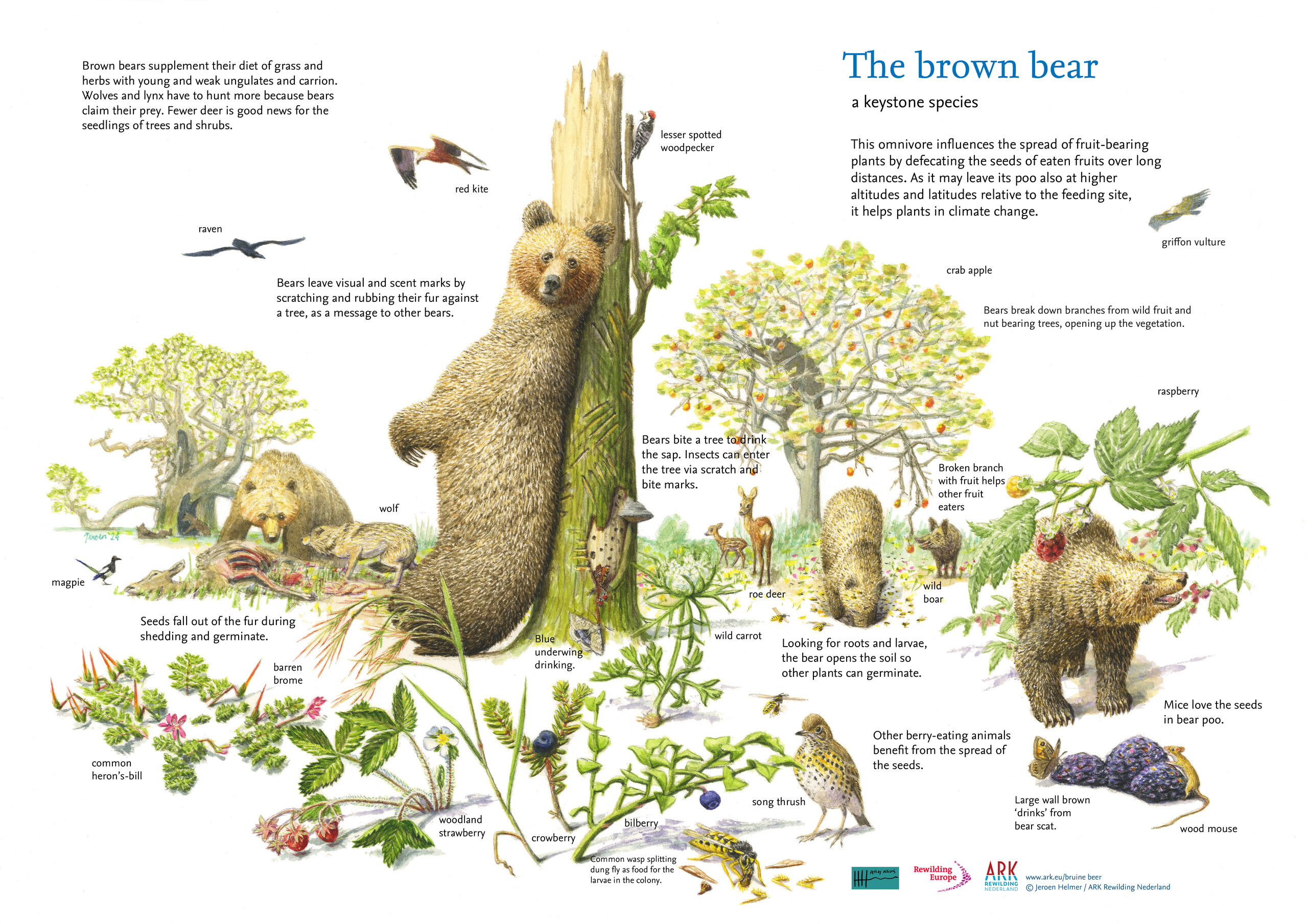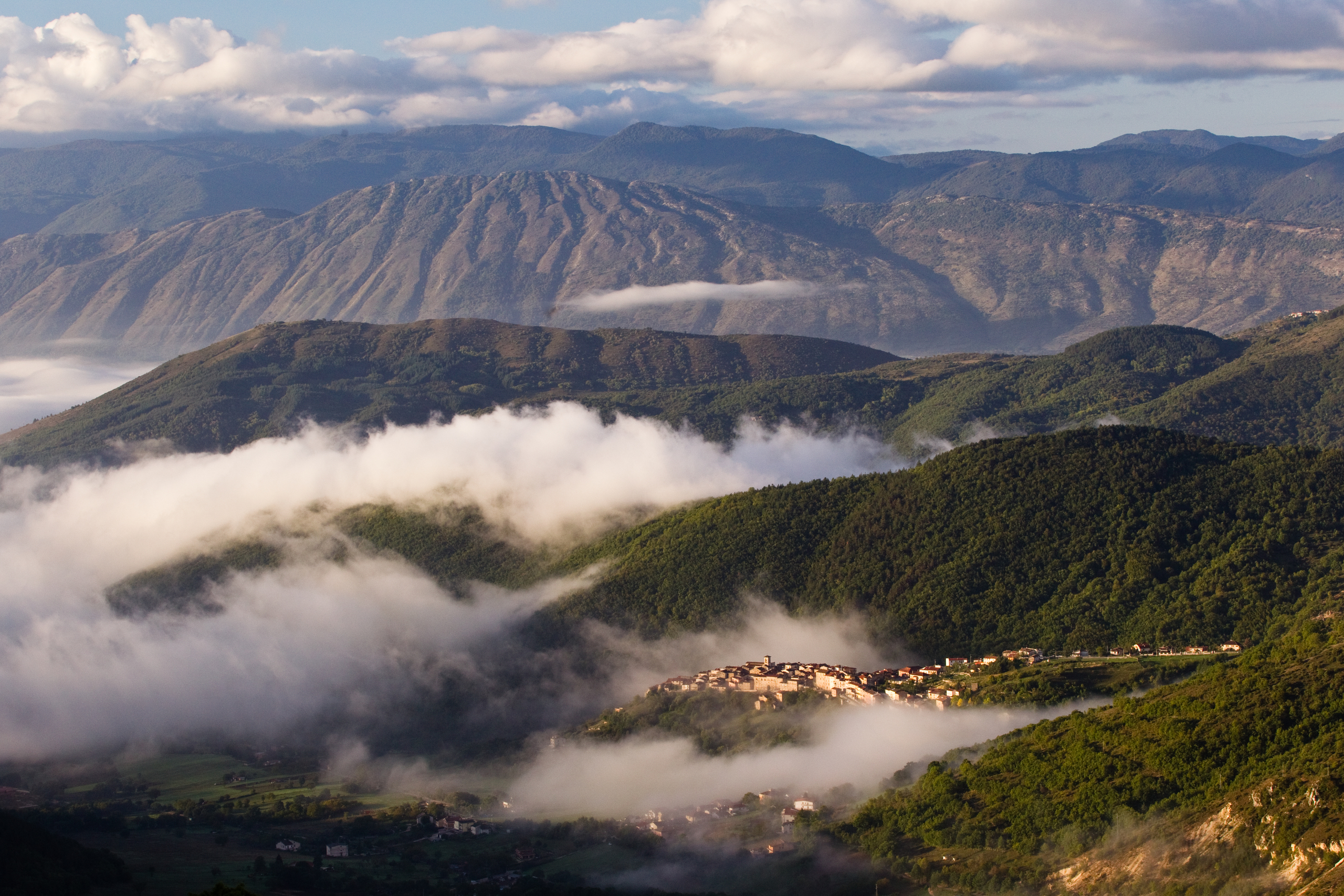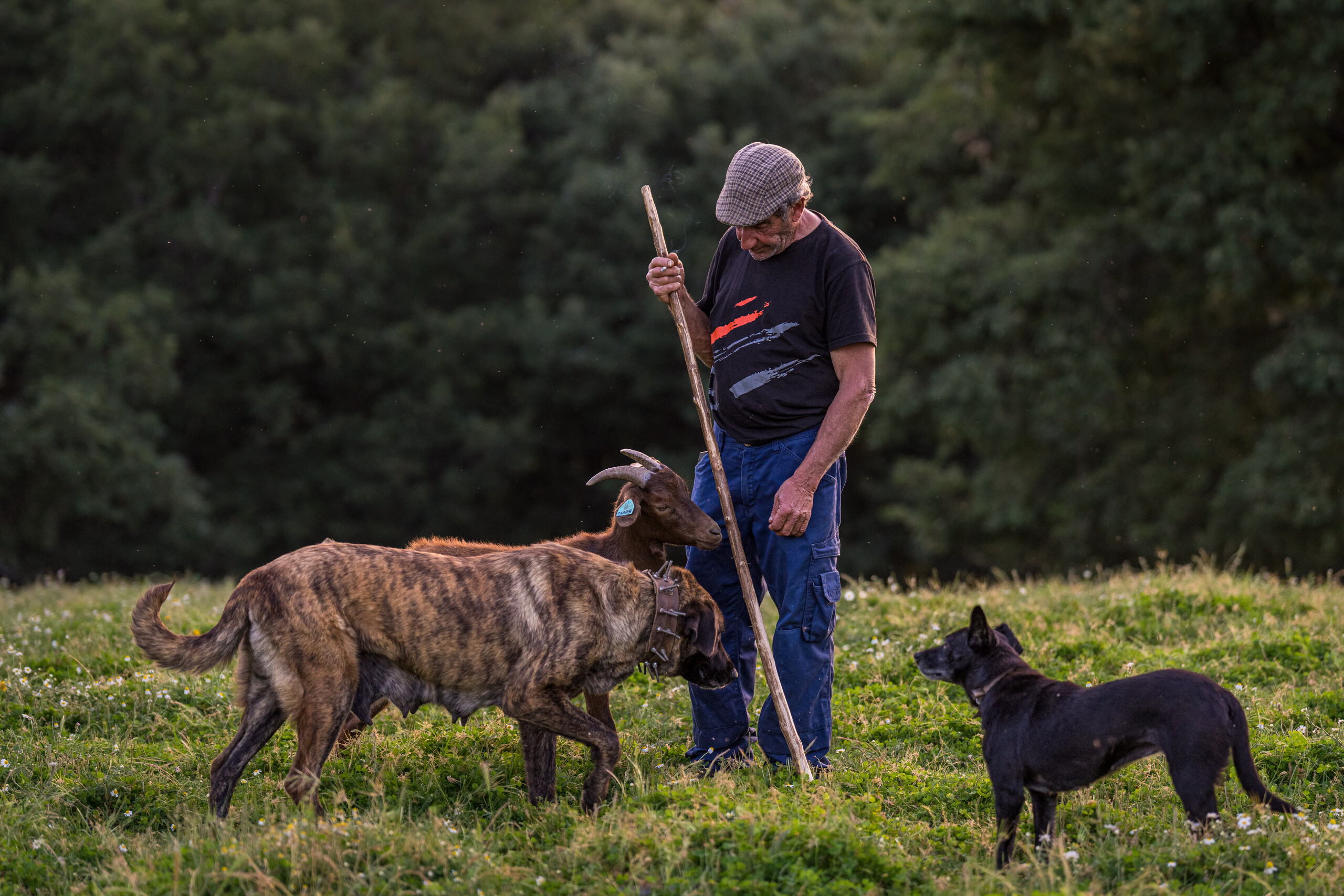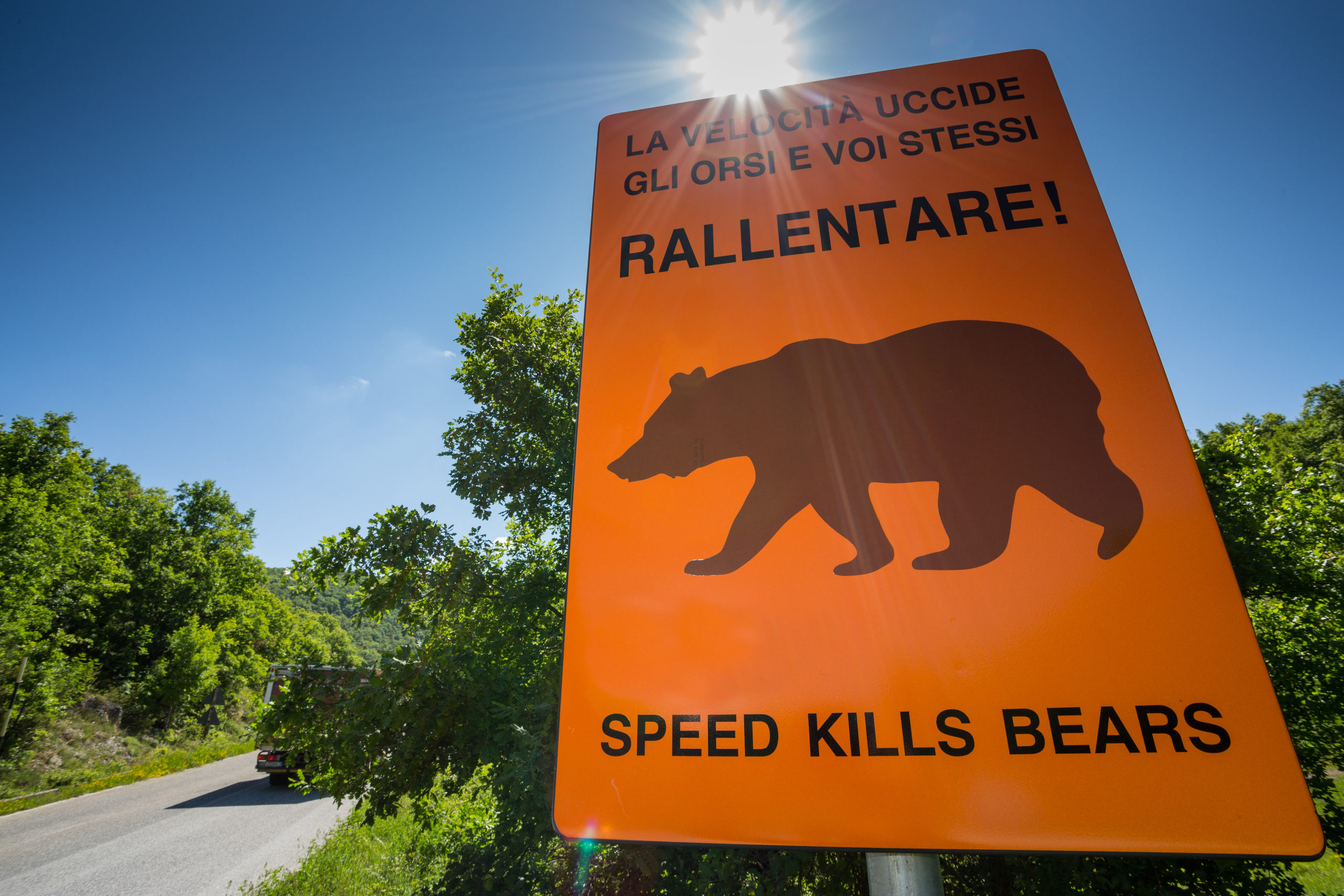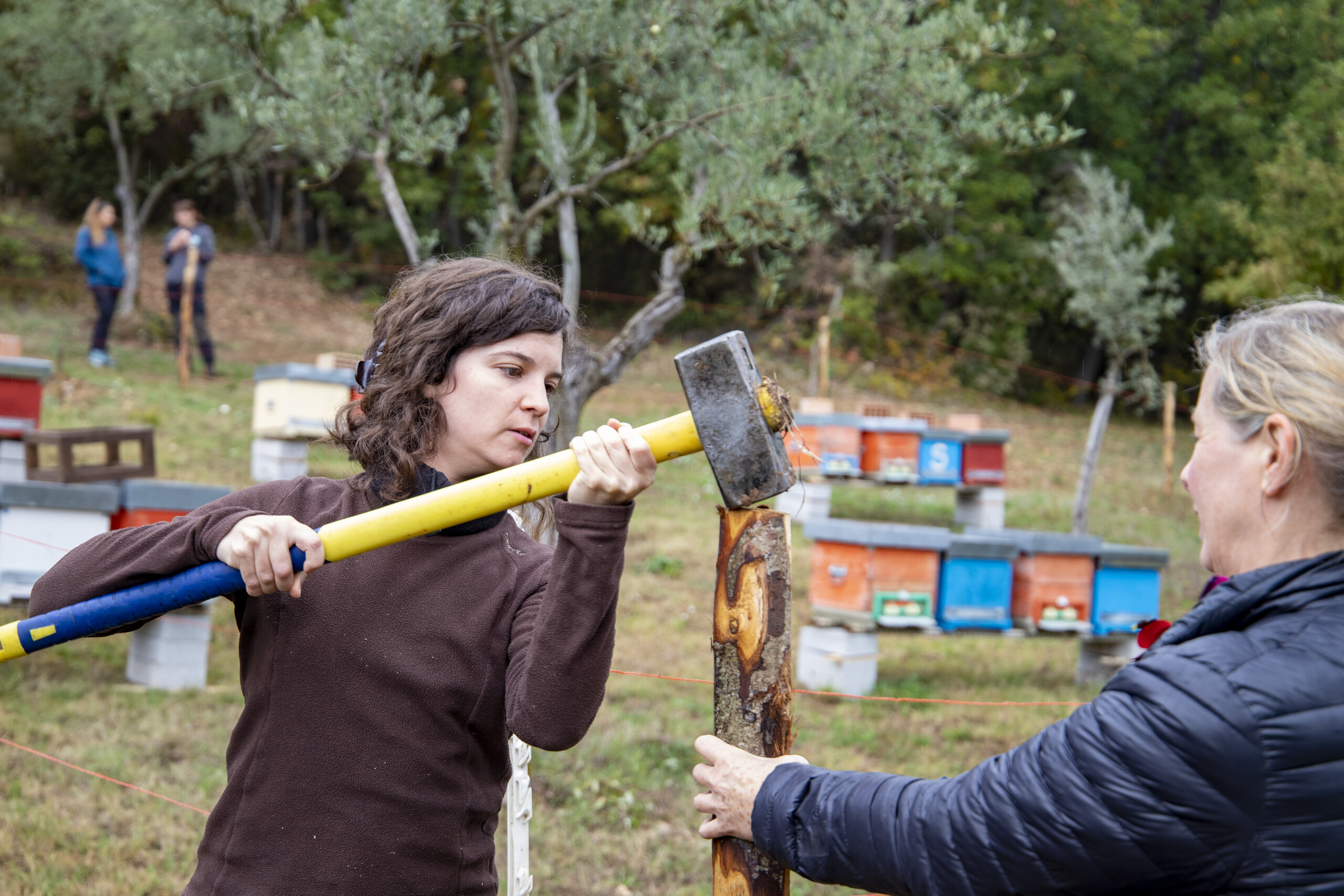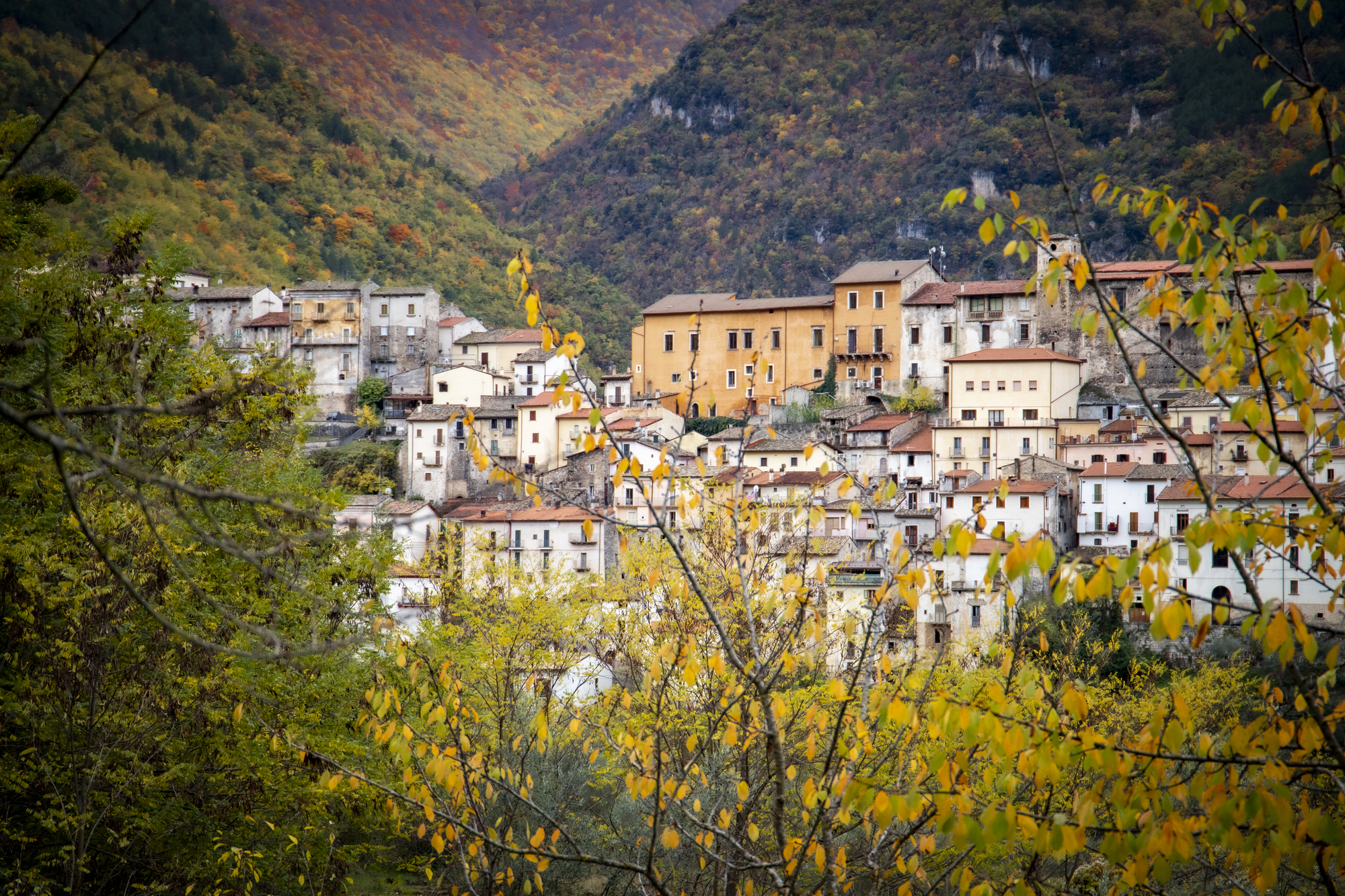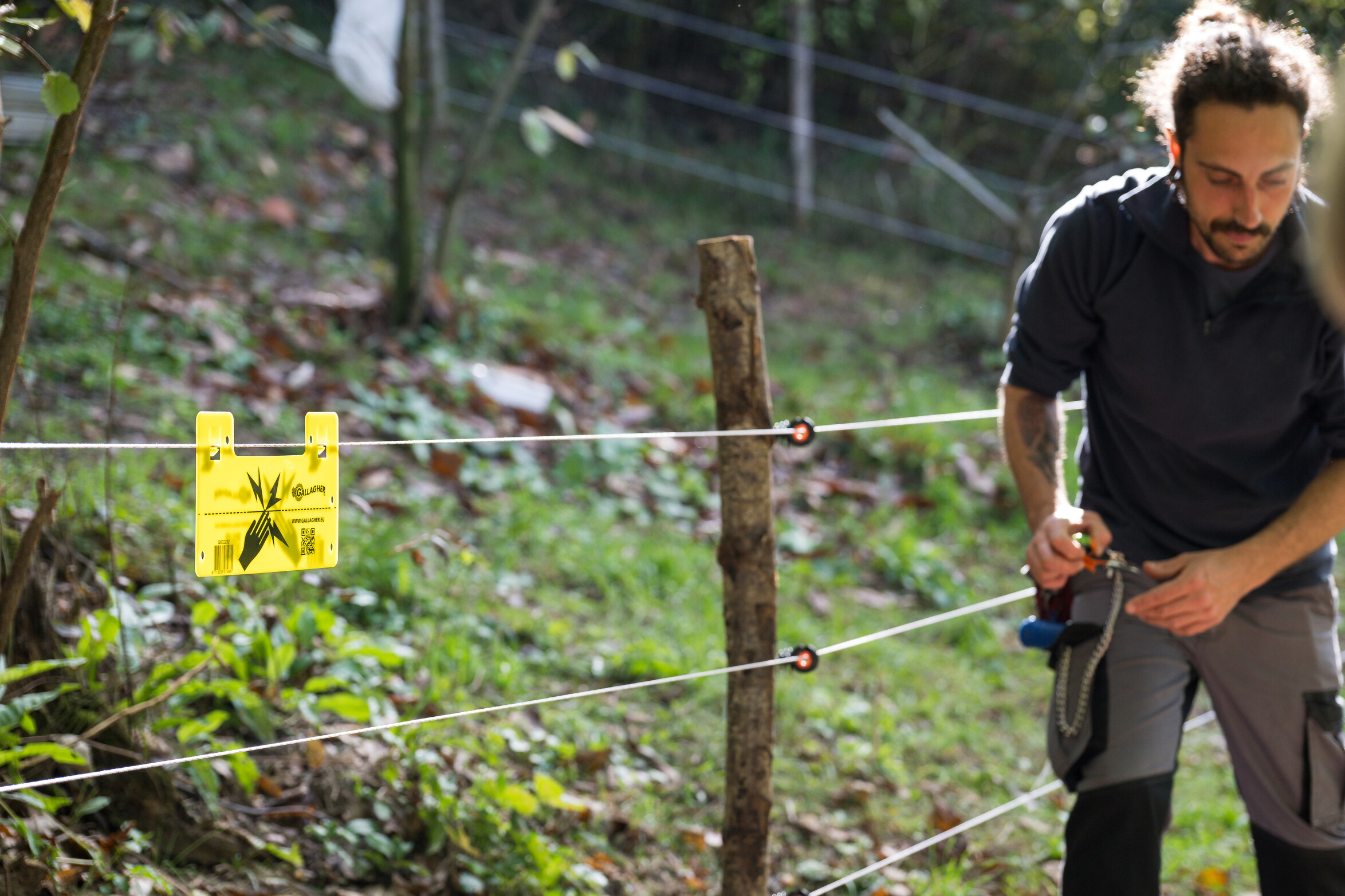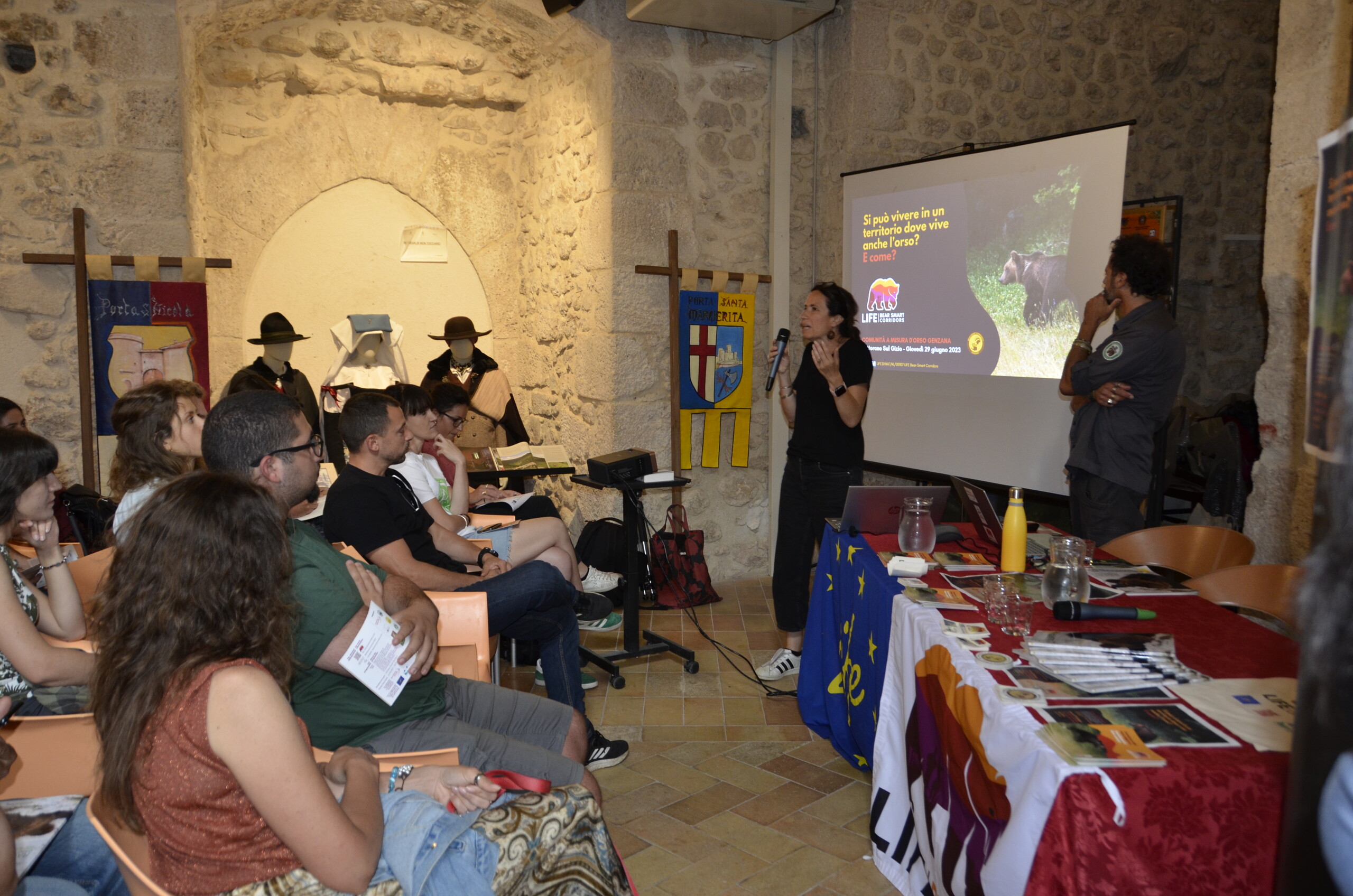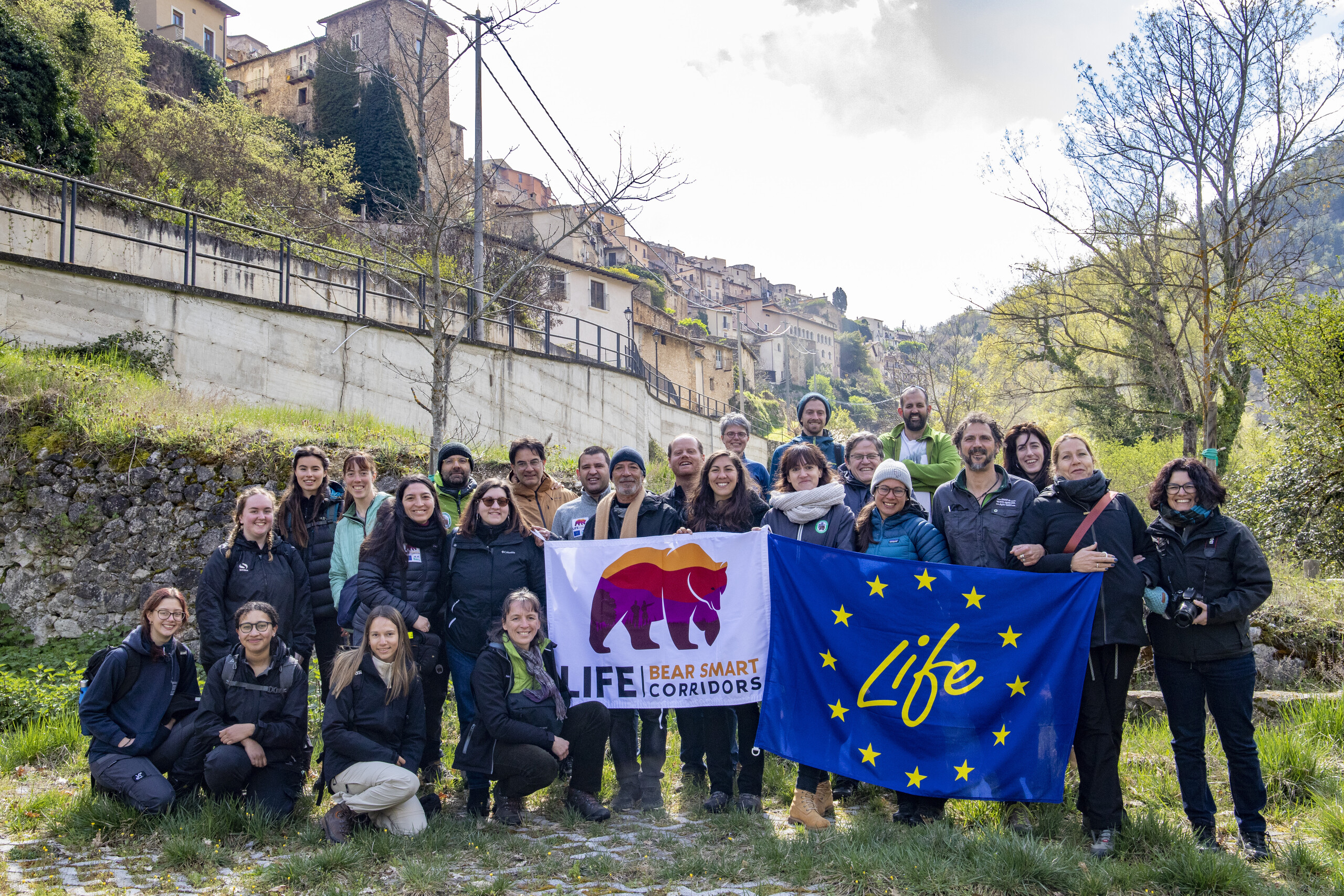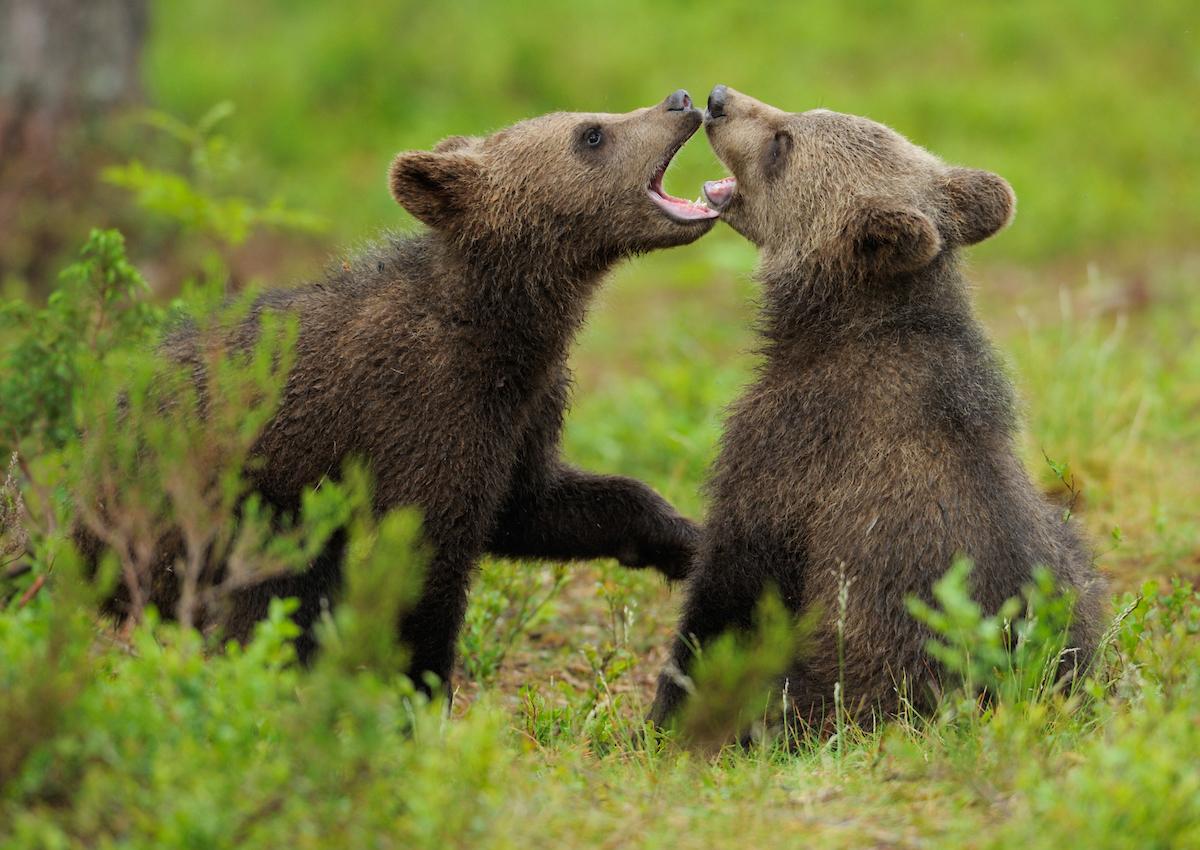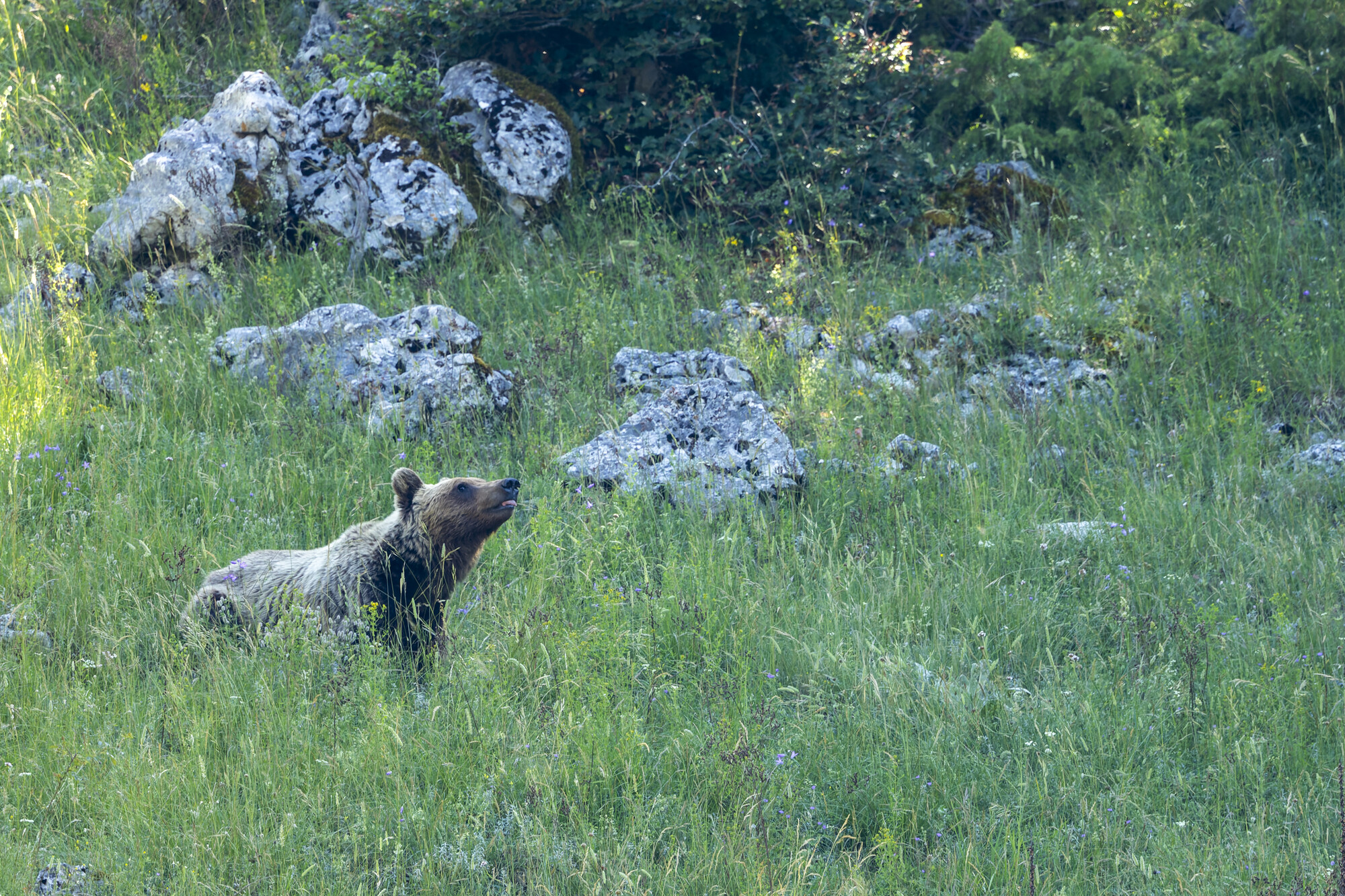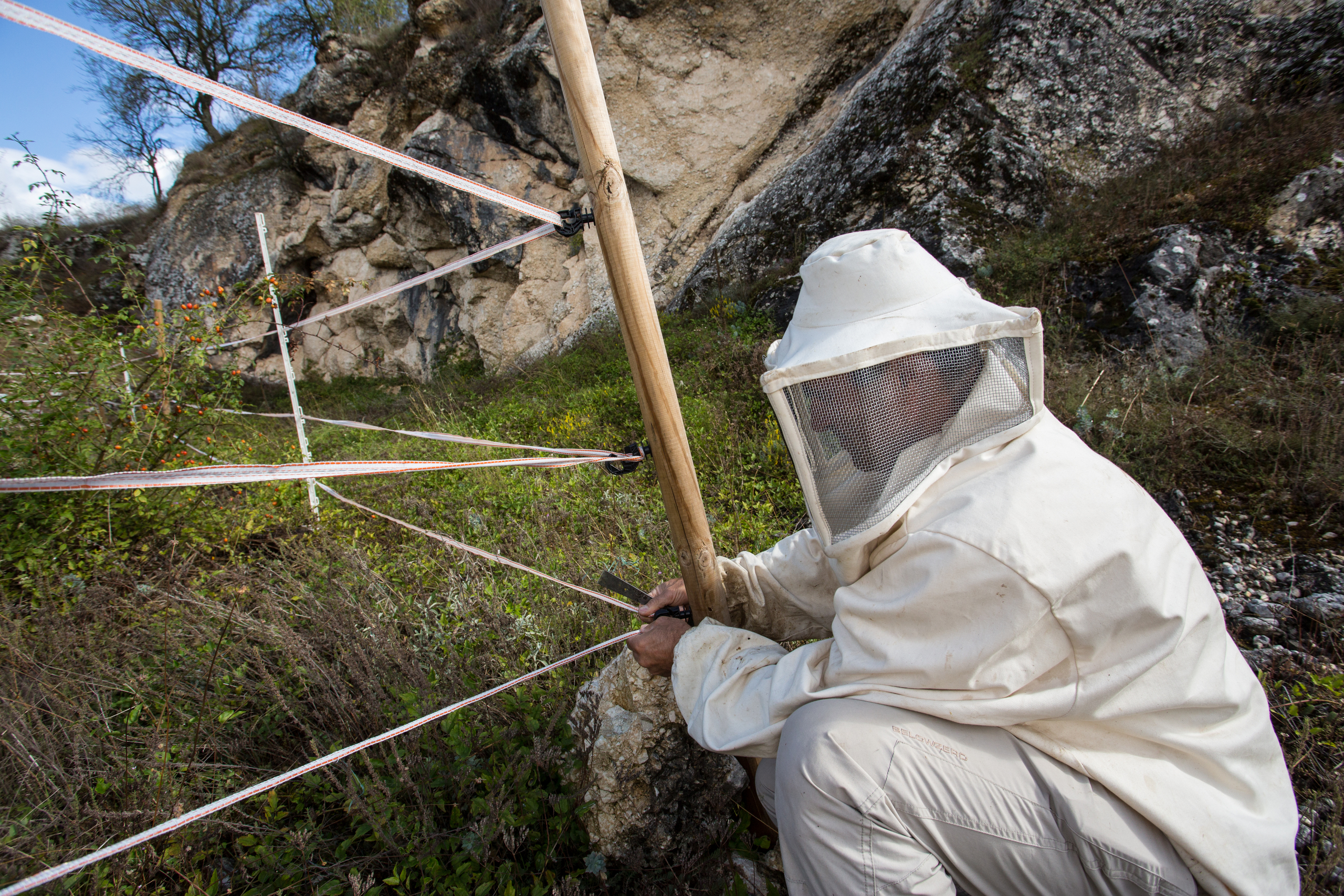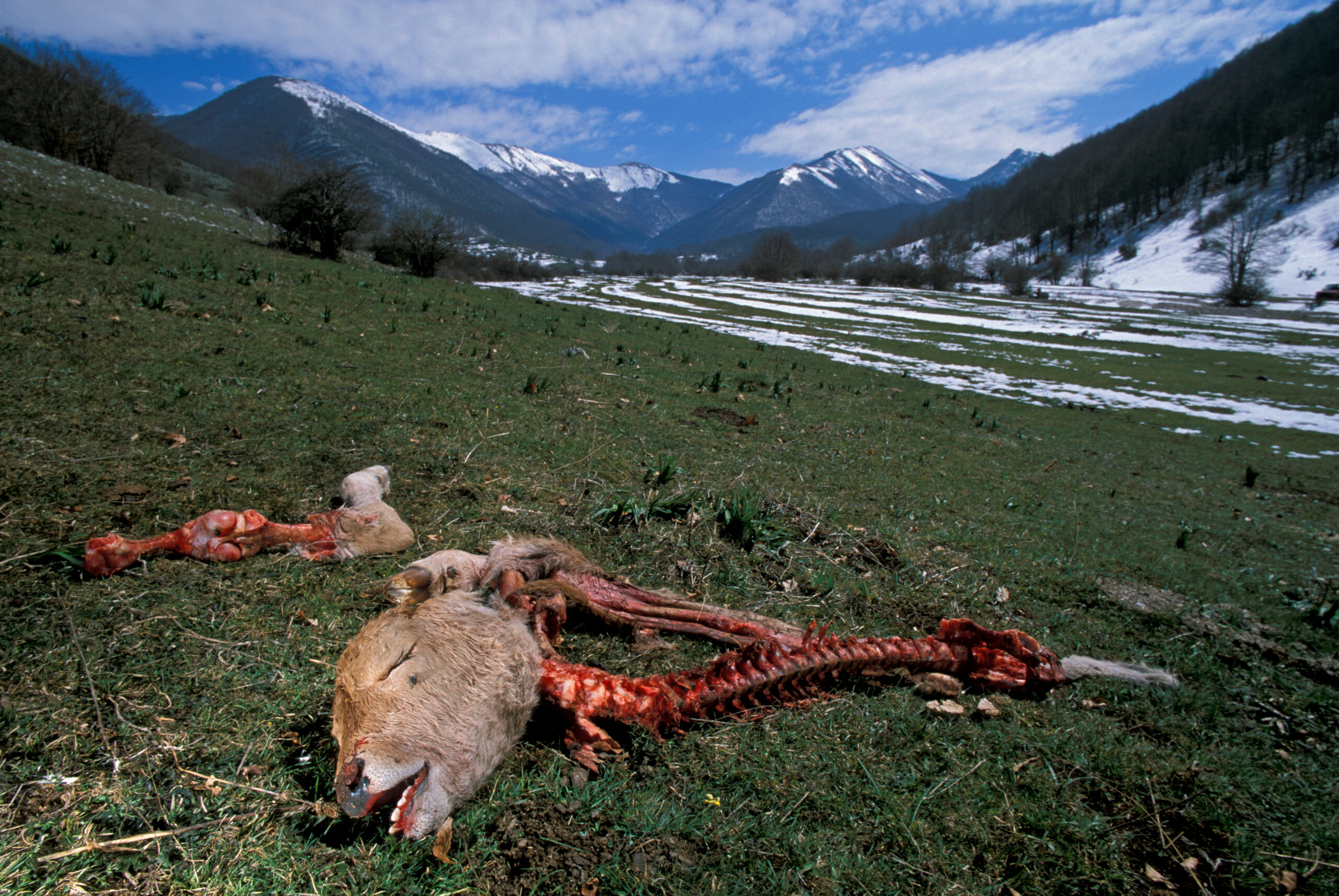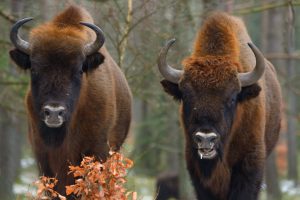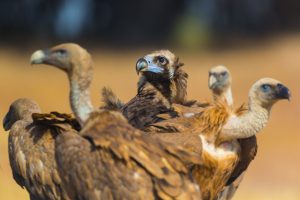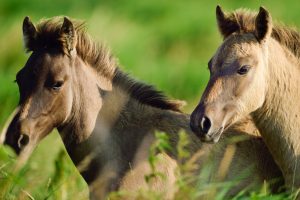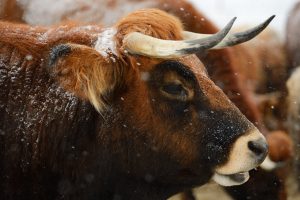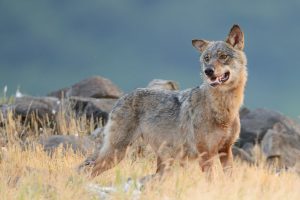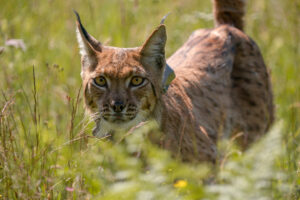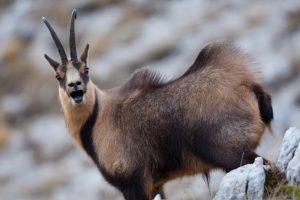Once pushed to the edges of the continent, the brown bear is now slowly returning in Europe. An iconic and vital animal that helps to shape landscapes, it symbolises the power and resilience of nature. At Rewilding Europe, we are supporting bear comeback and working to create conditions where bears and people can thrive together.
Living with bears
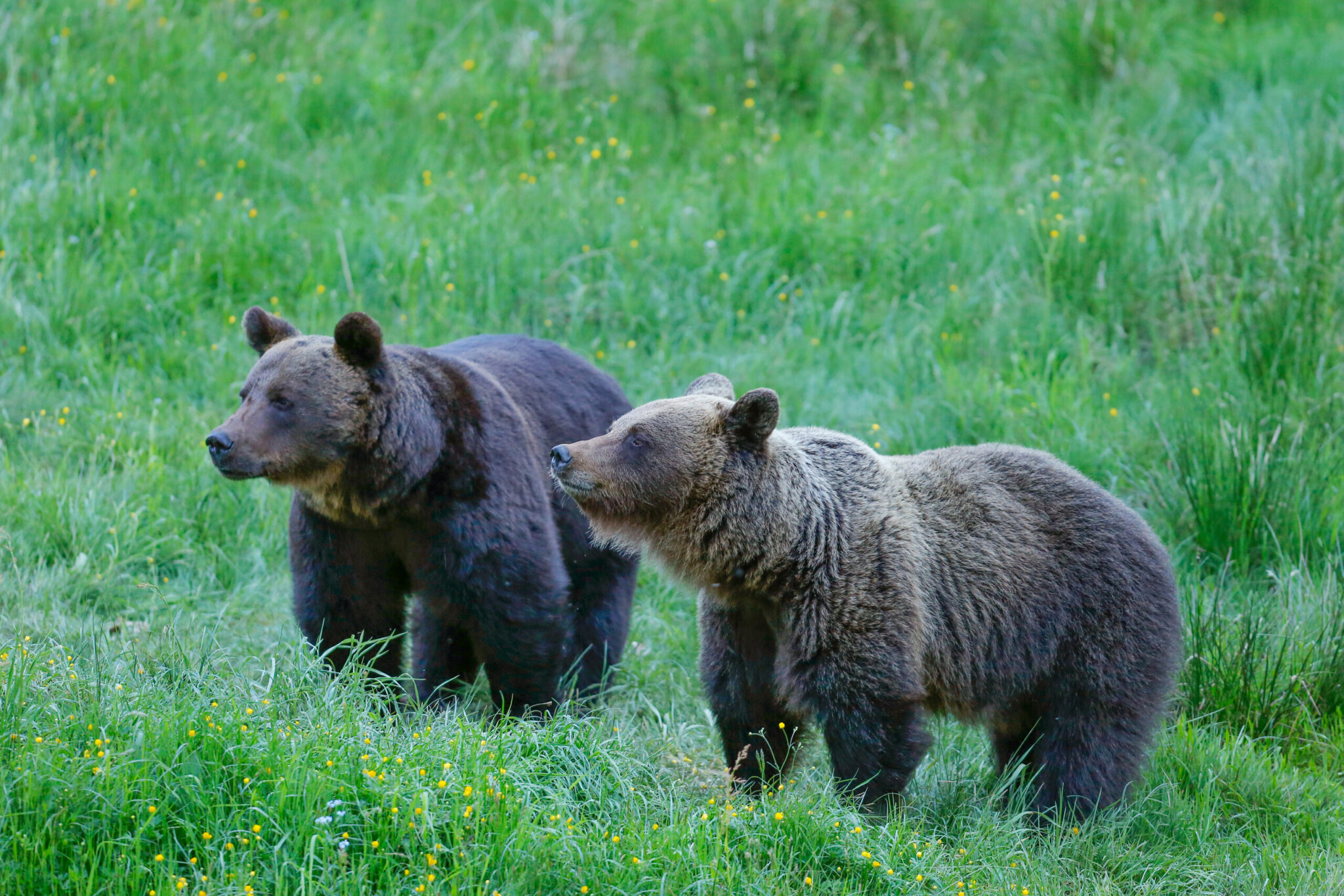
Awareness, acceptance, and mutual benefits
Today, brown bears are making a comeback in Europe, supported by conservation efforts and legal protection. There are now about 20,500 brown bears across the continent (including European Russia) – a rise of 17% since 2016. While this comeback is welcome, it comes with its own challenges. With bears absent from many parts of Europe for hundreds of years, Europeans are now learning to live with these iconic and ecologically important animals once again.
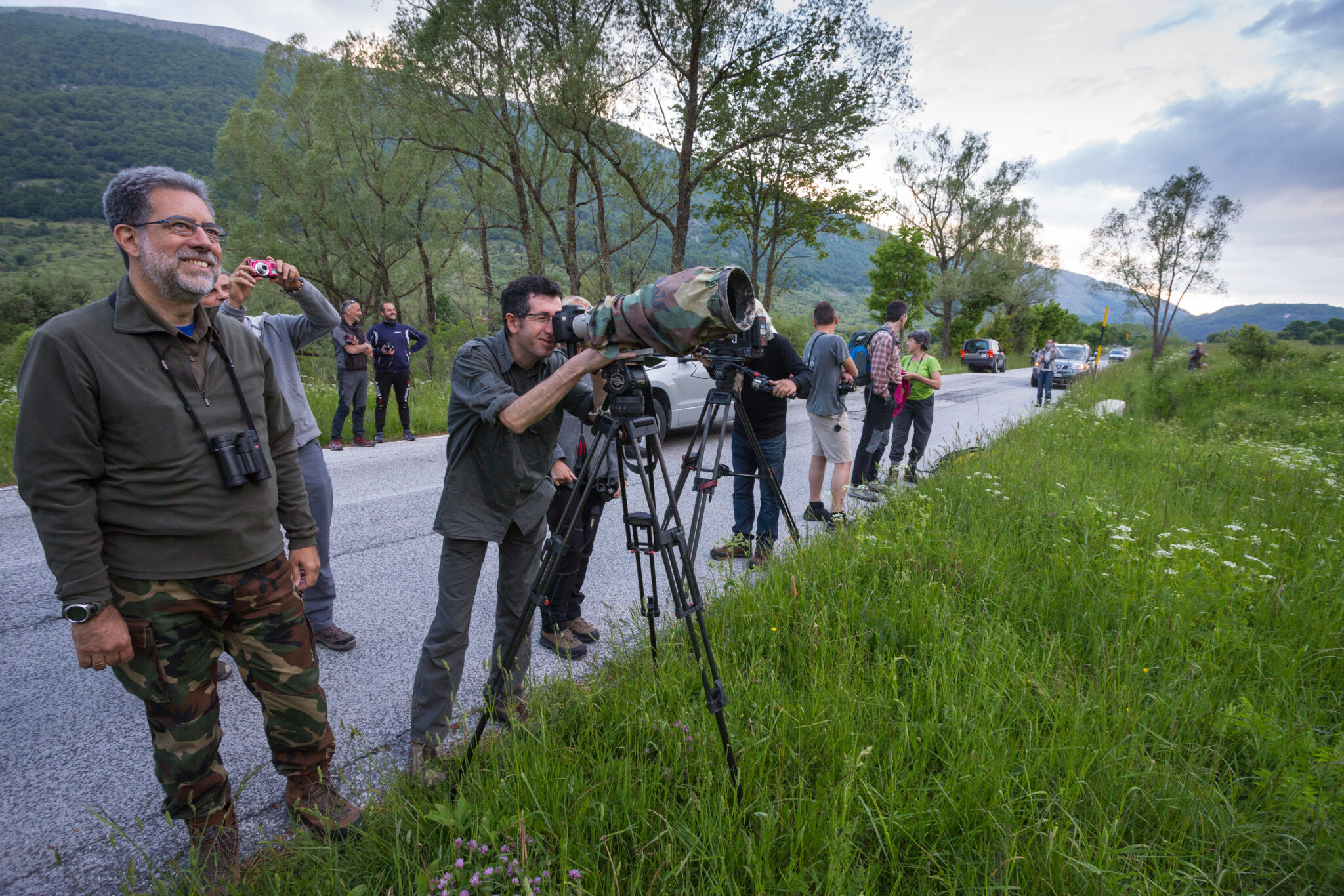
From co-existence to “co-prosperity”
Rewilding Europe works to create conditions where people and wildlife can share space and thrive together by raising awareness and helping communities to adopt measures that prevent wildlife-related damage.
We also take steps to shift the dial from co-existence to “co-prosperity”, creating conditions where wildlife and people can mutually benefit each other and thrive together. One of the ways we do this is by supporting the development of nature tourism – encompassing activities such as wildlife watching and the use of photographic hides – which can generate wide-ranging socio-economic benefits for businesses and communities.
The bear essentials: why bears are our wild allies
The brown bear is an ecologically and socio-economically important animal. As a keystone species, it helps to maintain the health and functionality of ecosystems by controlling populations of other species that can degrade ecosystems if left unchecked – for example, when an overabundance of deer leads to overgrazing of local vegetation. Brown bears are also considered an umbrella species, as they require expansive swathes of land to thrive – this means measures to protect and enhance bear populations benefit a wide range of other species in the landscape.
Besides being an apex predator, bears benefit wild nature in other ways. They support nutrient recycling via their consumption of carcasses. They enhance biodiversity by distributing seeds from their diet of berries and fruits, and by opening up forests by clearing dense vegetation. They are also ecosystem engineers, helping to shape the landscape through activities such as digging and moving boulders in their hunt for food and carving holes for resting, which creates habitats for other species.
Socio-economically, brown bears are an emblematic and culturally significant species in many landscapes. They not only hold emotional and spiritual value, but can also contribute to local economies by boosting nature-based tourism, which itself is on the rise in Europe. A 2023 study found the Advertising Value Equivalent (AVE) of Marsican brown bears in the Central Apennines in Italy to be 11 million euros. This demonstrates how supporting the comeback of iconic wildlife species in local landscapes can generate economic value in local landscapes.
How can people and bears thrive together?
The brown bear in Europe
The brown bear (Ursus arctos) is the largest terrestrial mammalian predator in mainland Europe. With the largest geographical range of any bear, it is found across much of Europe and Asia. Historically bears could be found in a wide variety of European habitats, but they are now predominantly confined to forested, mountainous areas with minimal human activity. However, they can be attracted to human settlements and properties if they associate them with food.
The brown bear is strictly protected in the EU. Thanks to conservation efforts, bear populations are currently expanding in almost every European country where they exist. However, some populations, mostly in western and southern Europe, remain small and fragmented.
Bears in our rewilding landscapes
Brown bears are found in five of our rewilding landscapes – the Rhodope Mountains (Bulgaria), Southern Carpathians (Romania), Velebit Mountains (Croatia), Central Apennines (Italy), and Nordic Taiga (Sweden).
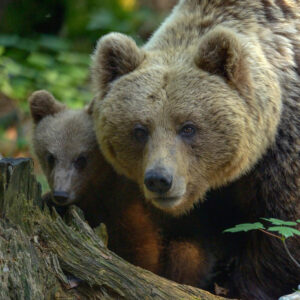
Eurasian Brown Bear
Brown bears have thick fur, which ranges from yellowish-brown to almost black, powerful bone structures, and large paws equipped with claws that can grow up to 10 cm long. A fully grown male typically weighs between 250 and 300 kilogrammes, while females are smaller. Bears are a highly omnivorous species, which feed opportunistically. Their diet consists of fruits, seeds, roots, insects, fish, mammals, and carrion. Except for mating and mothers with cubs, they are solitary animals.
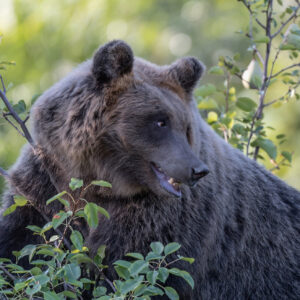
Subspecies: Marsican Brown Bear
The Marsican (or Apennine) brown bear (Ursus arctos marsicanus) is a critically endangered subspecies of brown bear found mainly in the Abruzzo, Lazio, and Molise National Park and surrounding area in the Central Apennine mountains of Italy. With just over 60 individuals remaining, it is classified as critically endangered by the International Union for the Conservation of Nature (IUCN). The Marsican brown bear population has been isolated for centuries and has evolved unique physical characteristics and behaviours that sets it apart from other brown bears.
Thriving together: Bear-Smart Communities in the Central Apennines
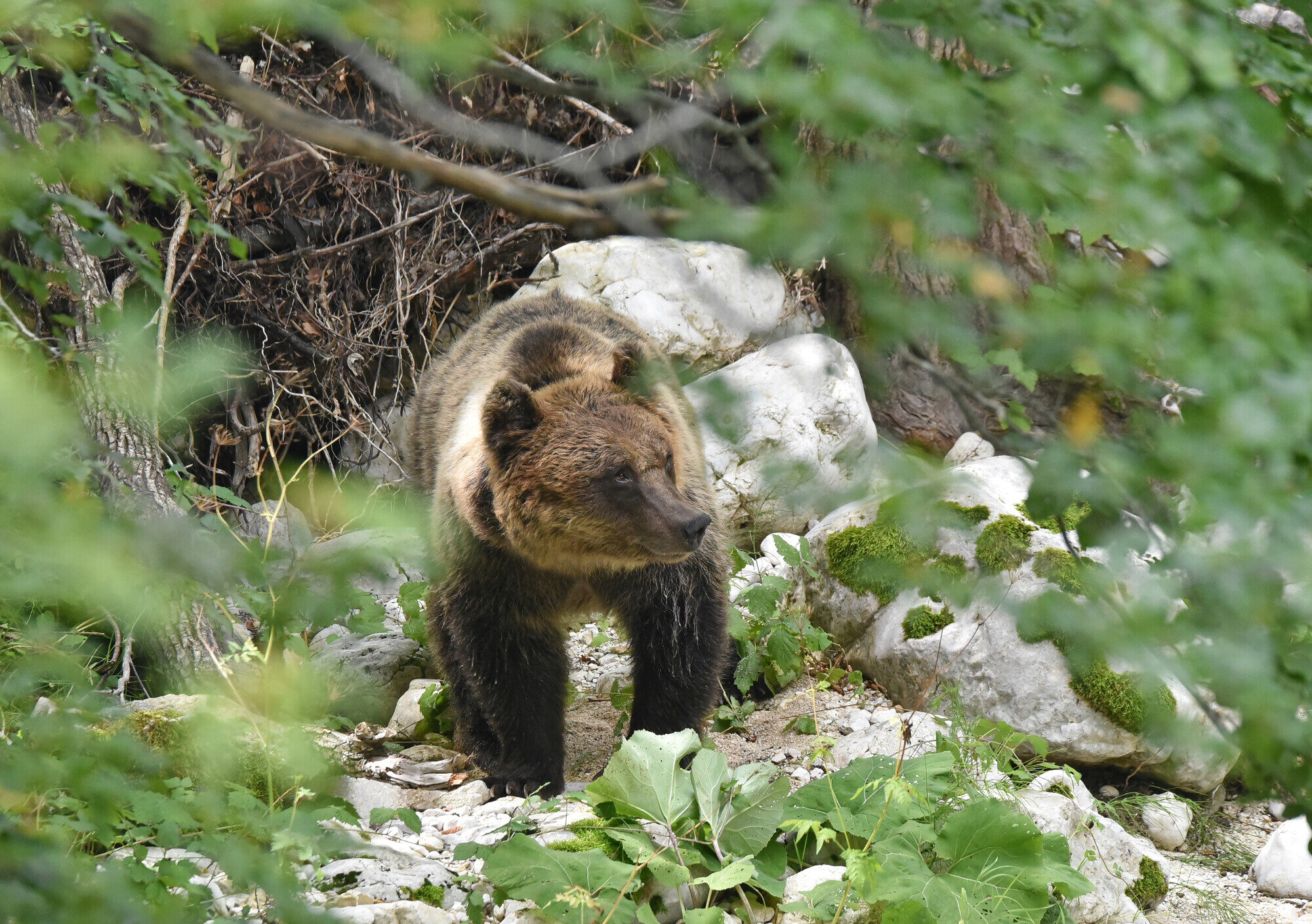
Help us support bear comeback in the Central Apennines
The Bear-Smart Communities of the Central Apennines are showing that it’s possible for people and bears to not only share landscapes, but to thrive together, offering a hopeful and practical way forward for other parts of Europe where bears are returning. Help us to support the development of these communities by supporting the Bear Fund, which was established by the Rewilding Apennines team.
